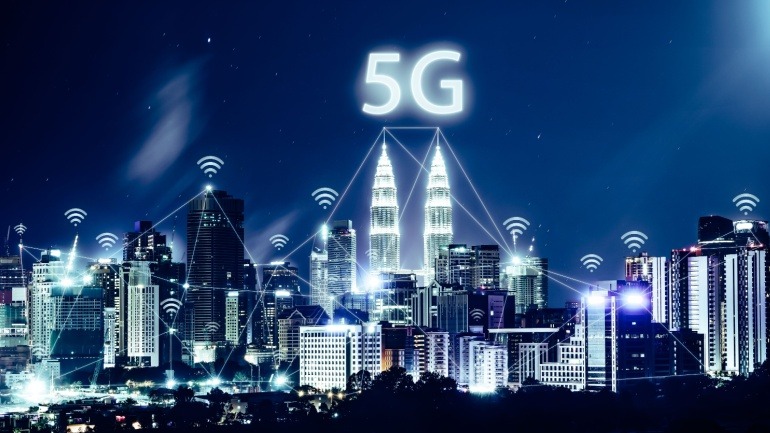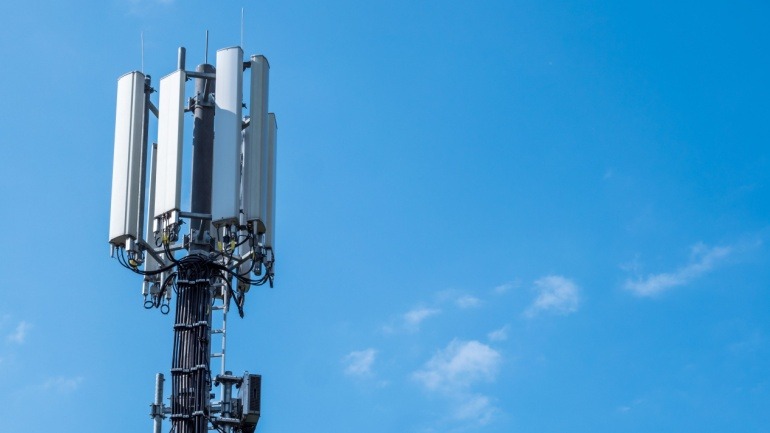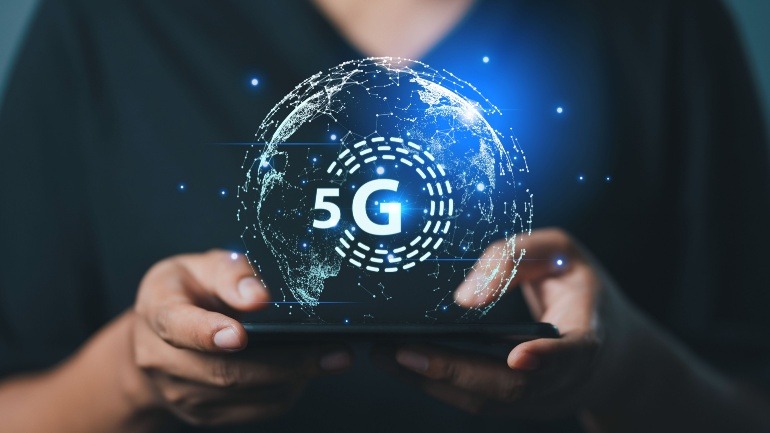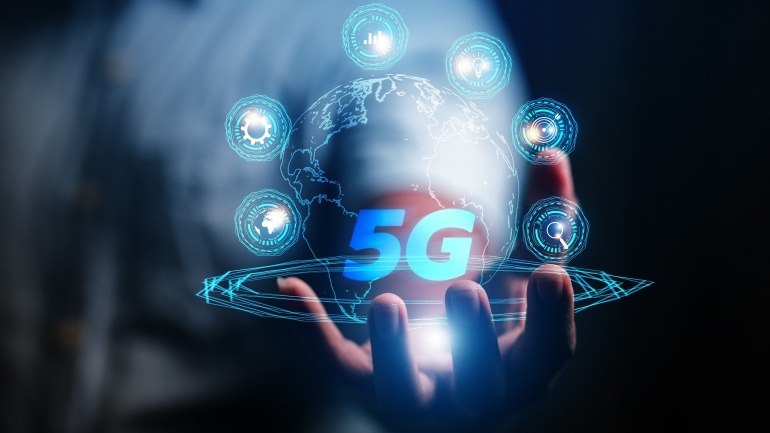Ericsson’s new 5G Advanced software suite targets next-level network programmability and enhances VoIP capabilities. With seven products, Ericsson boosts performance and user experience, aligning networks with business goals using AI-driven technologies.
Spain’s telecom sector is set for transformation as Ericsson partners with MasOrange, the country’s largest mobile operator, to develop an open, programmable network. This five-year collaboration aims to enhance network performance and support the rollout of 5G in rural areas.
Deutsche Telekom plans to phase out its 2G network by 2028, reallocating the spectrum for improved 4G and 5G networks. This transition will support robust data transmission, especially benefitting rural areas.
Exciting news for VoIP enthusiasts: EE expands its 5G standalone network to 16 more UK locations, promising improved connectivity. By year-end, EE’s 5G coverage will reach 21 million people across 30 towns and cities.
Nokia has inked a pivotal deal with Chunghwa Telecom to modernize Taiwan’s 5G network and to elevate performance with Nokia’s advanced 5G solutions. This collaboration includes the deployment of AI-driven MantaRay solutions, promising enhanced efficiency and energy savings, marking a transformative phase in 5G-Advanced progression.
NEC and Cisco’s partnership in enterprise private 5G solutions represents a breakthrough in digital innovation. Merging Cisco’s 5G SA Core technology and NEC’s expertise in radio network integration empowers businesses through enhanced digital transformation.
Du has announced an expanded partnership with Nokia to enhance its 5G network across the UAE. This collaboration enables the deployment of Nokia’s 5G AirScale Radio Access Network, aiming for improved energy efficiency and higher service demand catering.
Nigeria’s telecom sector is witnessing a groundbreaking shift as it embraces 5G technology through a collaboration with Ericsson. This partnership aims to modernize telecom infrastructure, transform public services, and drive economic growth.
Vodafone Idea is set to launch commercial 5G services by March 2025, entering the competitive field amidst Bharti Airtel and Reliance Jio’s services started in 2022. Targeting 17 of India’s 22 telecom circles, Vi’s strategic approach involves upgrading 75,000 4G sites..
VoIP technology is revolutionizing telecommunications, and the partnership between Ericsson and Chunghwa Telecom is a testament to this transformation. This collaboration enhances Taiwan’s 5G infrastructure, integrating advanced VoIP solutions to boost efficiency and sustainability.













